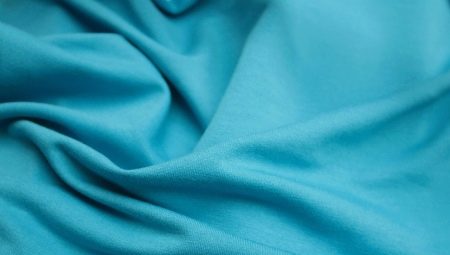When choosing clothes, it is very important to pay attention not only to the appearance and beauty of the thing, but also to the material from which it is made. One of the fabrics that few people know about is the footer. Products containing such material are incredibly pleasant to wear, and the footer has very few disadvantages. We will analyze in more detail the features of the fabric, its subspecies, as well as the intricacies of home care.
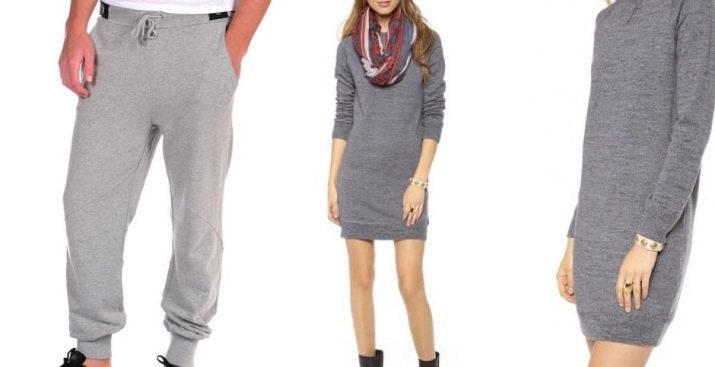
What it is?
Unfortunately, to trace the history of the appearance of the footer is almost impossible. There are only a few assumptions. For example, some believe that material could appear where cotton has long been cultivated. These are countries such as India and Mexico. However, such a theory does not seem to be very substantiated, since the footer is rarely pure cotton. In addition, knitting machines are needed for its production. This means that the footer manufacturing technology appeared quite late.
The fabric itself is a soft material obtained from cotton. This unique plant is famous for the fact that when it ripens, it opens the seed box, where there are thin fibrous elements. They are collected, and then sent to production for the purpose of manufacturing yarn. When weaving fabrics, two types of threads are usually used: smooth and soft. This allows you to get material with two different sides. The front part of the fabric is soft, you can see the interweaving of threads in it, but the wrong side is fluffy, with light villi.

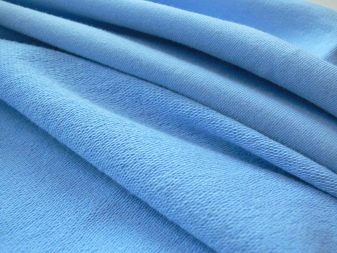
Initially, the footer, of course, was exclusively cotton. Today, such a fabric is difficult to find, since manufacturers add other components to the composition:
- wool - due to this the material is very warm;
- lycra, polyester - such components increase the elasticity of the footer, giving it an elegant appearance.
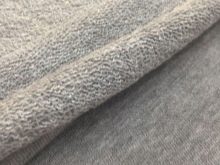
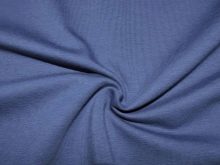
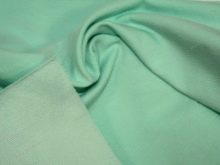
Varieties
There are several types of footer, this classification is based on the number of threads in the weave.
- Single thread - the lightest and thinnest subspecies, it is absolutely hypoallergenic, therefore it is mainly used in the manufacture of clothing for babies.
- Two-thread (two-thread). This material is already much denser, along with cotton polyester is usually found here. On the front, such a fabric is smooth, but from the inside there is a light pile. From 2-threads sew light and beautiful casual clothes and underwear: blouses, tracksuits, bathrobes, sleep sets, products for children.
- Three-thread (three-thread). This is the densest form of the fabric in question, which often contains velor or bike. Differences of the three-thread from the previous material are that the reverse side of the fabric has a thick pile. In addition, clothes sewn from a three-thread footer are incredibly warm, it saves even in the most severe frosts. They make thermal underwear, insulated overalls for kids, and outerwear.
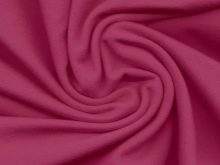
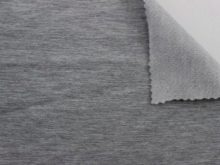
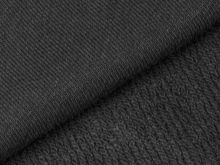
Pros and Cons of Material
Such a fabric as a double-thread footer, mainly receives good reviews. She is very warm, pleasant to the touch, comfortable to the body. However, in addition to this, the material has a number of other more important advantages.
- Wear resistance. The footer is able to serve for a very long time, with proper care the fabric does not “fall off”, there are no spools, bruises on it.
- Hypoallergenicity. Since even baby clothes are sewn from this material, we can safely say that it is absolutely hygienic and does not cause any negative reactions.
- Resistance to deformation. The footer does not lose its shape even after several seasons of socks, it does not stretch in the most “dangerous” places - elbows and knees.
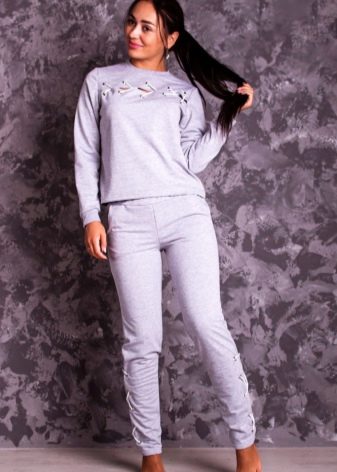
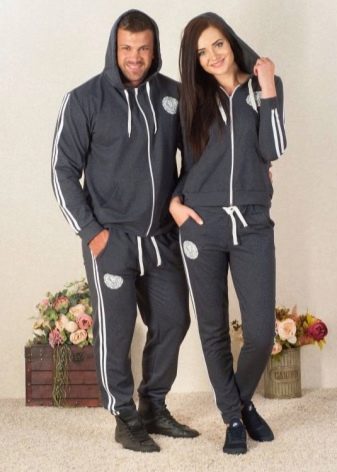
- Good absorbency. Sometimes it happens that in winter it is hot in the whole set of sweaters and jackets, worn before going out. Even if a person sweats, the material perfectly absorbs all excess moisture, allowing the skin to breathe.
- Naturalness. The footer is made from natural cotton, and the percentage of impurities is usually not more than 10 of the total material. That is why the footer is considered one of the most environmentally friendly fabrics.
- Easy care. It’s easy to take care of the footer, such a fabric is not too picky about the composition of cleaning products, and washed clothes retain their shape even when you don’t have enough time for ironing for weeks.
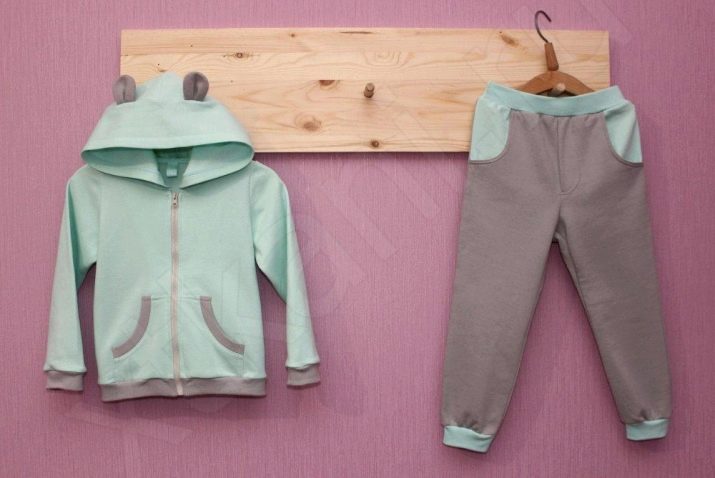
Nevertheless, before purchasing fabric, several disadvantages should be taken into account:
- products made of such material must not be washed in hot water, hung on batteries and heaters;
- The footer does not withstand the aggressive effects of the sun, so you can’t put dried things on the balcony or in a well-lit place.
Where is it used?
As a rule, a two-thread footer is widely used in the production of various types of clothing. Things received from it are of high quality and long service life. Consider which products you can purchase today:
- domestic: bathrobes, pajamas, sets for home and leisure;
- children’s: romper suit, “little men” for babies up to one year old, baby's undershirts, sweaters, pants, lightweight hats for autumn and spring;
- sports: sweatshirts, leggings, leggings, suits;
- everyday: blouses, turtlenecks, sweatshirts, warm pants, warm dresses.
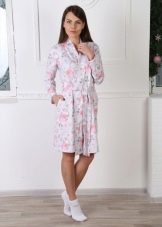
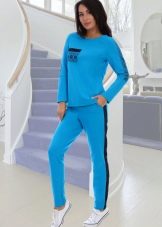
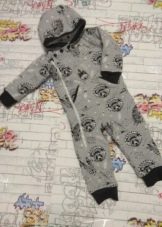
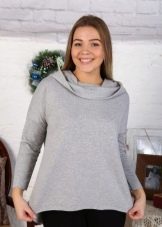
How to care?
The footer is a material that is quite unpretentious in care, but it can also lose its shape, if you do not pay attention to the rules recommended by specialists.
- Products made from this fabric must not be washed at high temperatures. The optimal mode is 30 degrees. This rule is also relevant for hand washing.
- Before you put clothes in the machine, turn it out and make sure that there are no unbuttoned buttons. Such precautions will help maintain the quality of the pile in the future.
If your things are colored, it is best to purchase a liquid powder for colored fabrics. White detergents and, especially, laundry soap are suitable only for unpainted models.
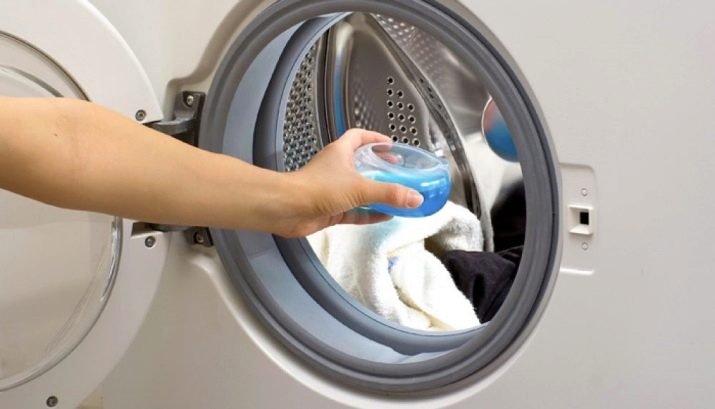
- After washing things from a 2-thread, leave them to drain in a natural way. Unscrewing the fabric with force, as well as setting the machine in the "Spin" mode, is prohibited.
- Ready-to-dry items are best placed away from sunlight, batteries, and sources of artificial heat.
You can apply the old "grandmother" way, when the water drains from the thing, spread a sheet or diaper on the floor, and then place the thing on it in a straightened state. This will completely preserve the appearance of the product and avoid its deformation.
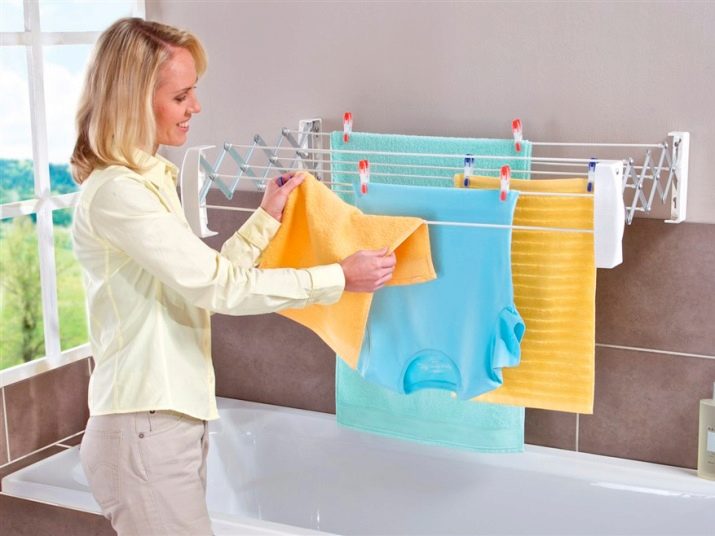
Look at the types of knitted fabrics in the next video.
